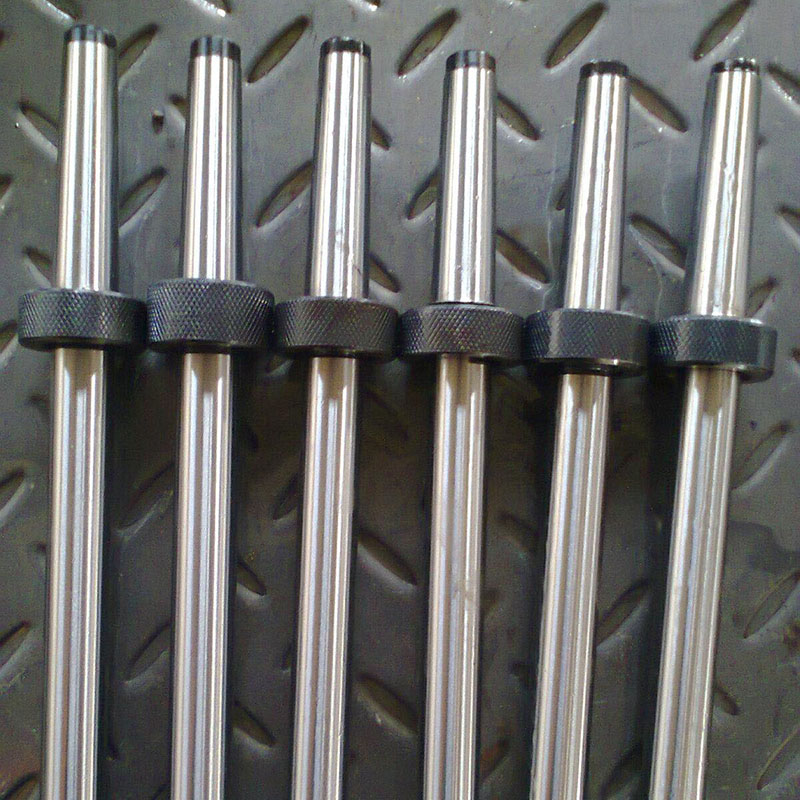Nov . 22, 2024 01:54 Back to list
replace a water valve
Replacing a Water Valve A Step-by-Step Guide
Replacing a water valve may seem like a daunting task, but with the right tools and a little guidance, it can be accomplished by the average homeowner. A malfunctioning valve can lead to leaks, water pressure issues, or even flooding in your home. Therefore, understanding the process to replace it is essential for maintaining the efficiency of your plumbing system.
Understanding the Water Valve
Before you start the replacement process, it's important to understand what a water valve is and its function in your plumbing system. A water valve controls the flow of water in your pipes, enabling you to turn the water on and off in various areas of your home. Valves can become worn out over time due to corrosion, mineral buildup, or simply old age, which necessitates their replacement.
Tools Required
To replace a water valve, you will need several tools 1. Adjustable wrench 2. Pipe wrench 3. Screwdriver 4. Plumber’s tape 5. Bucket 6. Towels or rags 7. Safety goggles and gloves
Step-by-Step Process
1. Shut Off the Water Supply The first step in replacing a water valve is to turn off the water supply to your home. Locate the main water shut-off valve, which is usually situated near the water meter or where the water line enters your home.
2. Drain the Pipes After shutting off the main valve, turn on the faucets in your home to drain any remaining water in the pipes. This will help prevent a mess when you remove the old valve.
replace a water valve

3. Locate the Valve Identify the valve that needs replacement. Water valves can be found under sinks, behind toilets, or along main lines.
4. Remove the Old Valve Using your adjustable wrench, carefully loosen the nuts connected to the valve. If the valve is soldered in place, you may need to use a pipe cutter or a torch to remove it. Be cautious when cutting or heating pipes; always wear safety goggles and gloves.
5. Prepare the New Valve Before installing the new valve, apply plumber’s tape to the threads of the pipe to ensure a tight seal. This will help prevent leaks in the future.
6. Install the New Valve Attach the new valve to the pipe and hand-tighten the nuts. Once the valve is secured in place, use your adjustable wrench to tighten the nuts further, ensuring they are snug but not overly tight, as this can damage the fittings.
7. Turn On the Water Supply After the new valve is installed, turn the main water supply back on. Check for any leaks around the new valve. If you notice any, tighten the fittings slightly, and if leaks persist, you may need to take the valve off and reapply plumber's tape.
8. Test the Valve Finally, turn the valve on and off to make sure it operates smoothly. Ensure that water flow is normal, and check other fixtures to confirm they are functioning correctly.
Conclusion
Replacing a water valve is a manageable DIY project that can save you money on professional plumbing services. By following these steps and exercising some caution, you can ensure your plumbing system functions efficiently without leaks or pressure issues. Remember, if at any point you feel uncomfortable or unsure about the process, it’s always best to consult a licensed plumber.
-
Y Type Strainer Maintains System Efficiency Long TermNewsJul.15,2025
-
Valve Selection Guide for Industrial ApplicationsNewsJul.15,2025
-
Steel Fab Table Provides Durable Work Surface for WeldingNewsJul.15,2025
-
Pad Iron Provides Stable Support for Heavy MachineryNewsJul.15,2025
-
One Inch Check Valve Fits Standard Plumbing SystemsNewsJul.15,2025
-
Measuring Micrometer Ensures Precise Dimensional AccuracyNewsJul.15,2025
Related PRODUCTS









